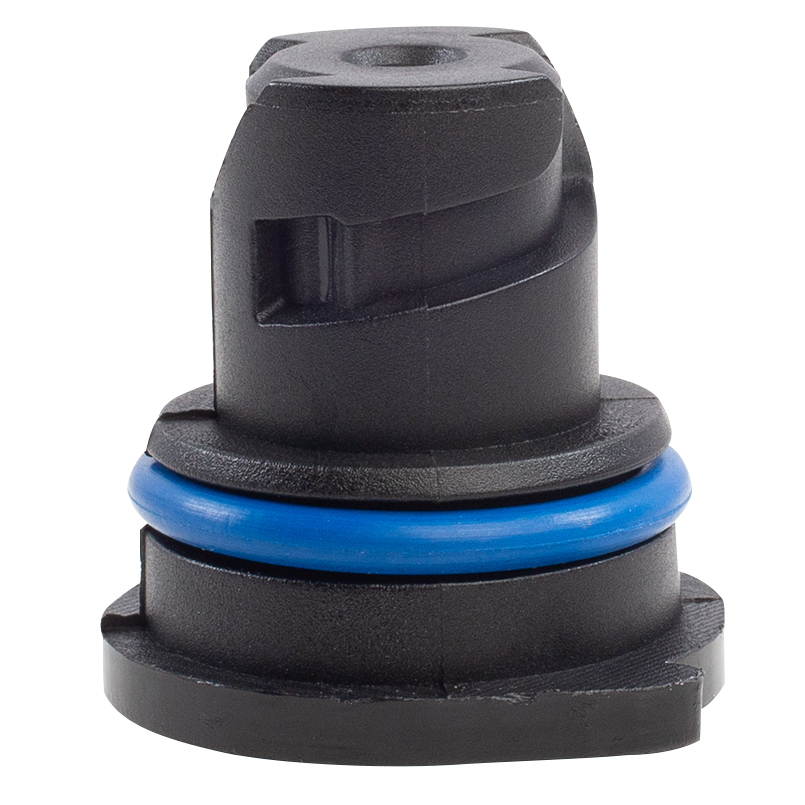Exploring High-Performance Sealing Solutions for Industrial Applications with Gaskets and O-Rings
Understanding Gaskets and O-Rings Key Components in Sealing Technology
Gaskets and O-rings are essential components widely used in various industries for sealing applications. They are integral in providing leak-proof seals to prevent fluid or gas from escaping, thereby ensuring the safety and efficiency of machinery and equipment. While both serve similar purposes, they have distinct characteristics, applications, and fabrication methods that make them suitable for different sealing environments.
Gaskets Overview and Applications
Gaskets are flat, pre-formed seals designed to fill the space between two or more mating surfaces. They can be made from a variety of materials, including rubber, metal, silicone, and composites, depending on the application requirements. Gaskets can be found in mechanical devices, engines, boilers, and many more systems that rely on high pressure and temperature.
The primary function of a gasket is to prevent leakage of fluids or gases between components. For example, in the automotive industry, gaskets are commonly used in engine assemblies, oil pans, and transmission housings to maintain proper fluid containment and reduce the risk of contamination. In industrial applications, gaskets play a crucial role in piping systems and pressure vessels, where they help withstand extreme conditions while ensuring tight seals.
One of the key factors in gasket performance is the material choice. Different materials offer distinct properties such as heat resistance, chemical compatibility, and compressibility, allowing engineers to select the right gasket for specific operational conditions. For example, metal gaskets are useful in high-pressure scenarios, while softer rubber gaskets are ideal for lower-pressure applications.
O-Rings Characteristics and Uses
gaskets and o rings

O-rings, on the other hand, are circular rings typically made from elastomers or thermoplastics. They are characterized by their toroidal shape, which allows them to create a seal when compressed between two parts during assembly. O-rings are versatile and can be used in a wide range of applications, from household plumbing fixtures to heavy industrial machinery.
The unique design of O-rings enables them to fit into grooves, creating a dynamic or static seal that can withstand moderate pressures. They are commonly used in hydraulic and pneumatic systems, where they prevent fluid leakage from cylinders, valves, and pumps. O-rings are also pivotal in the automotive industry, used in systems like fuel and brake lines, where reliable sealing is paramount.
The selection of O-ring materials is critical for optimal performance. Common materials include nitrile rubber (NBR), fluorocarbon (FKM), silicone, and polyurethane, each offering distinct properties tailored to varied applications. For instance, fluorocarbon O-rings provide excellent chemical resistance and high-temperature performance, making them ideal for extreme environments.
Design Considerations
When designing a sealing solution, engineers must consider several factors, including the application’s temperature range, pressure conditions, and chemical exposure. Gaskets and O-rings must be designed to withstand these parameters without degrading over time. Moreover, proper installation and maintenance are crucial to ensuring the longevity and effectiveness of these sealing solutions.
Conclusion
Gaskets and O-rings play a vital role in ensuring the integrity of mechanical systems across different industries. Their ability to prevent leaks, conserve resources, and enhance operational safety makes them indispensable components in contemporary engineering. As technology advances and industries evolve, the development of new materials and designs for gaskets and O-rings continues, providing engineers with better options for sealing solutions that meet the ever-growing demands of various applications. Understanding their unique characteristics and applications is essential for anyone involved in the design, manufacturing, or maintenance of sealed systems.
-
The Ultimate Guide to Boat Propeller Bearings and Trailer Wheel Bearings
News Jul.31,2025
-
The Essential Guide to Marine Bearings and Boat Trailer Wheel Bearings
News Jul.31,2025
-
The Complete Guide to Heavy Duty Seals: Protecting Doors and Spaces Efficiently
News Jul.31,2025
-
Essential Guide to Marine Shaft Bearings and Boat Trailer Axle Bearings
News Jul.31,2025
-
Comprehensive Guide to Marine and Trailer Bearings for Safe Boating and Transport
News Jul.31,2025
-
Comprehensive Guide to Automotive Oil Seals: Protecting Your Engine and Shafts
News Jul.31,2025
-
Understanding Automotive Oil Seals: Essential Components for Engine and Shaft Protection
News Jul.30,2025
Products categories















